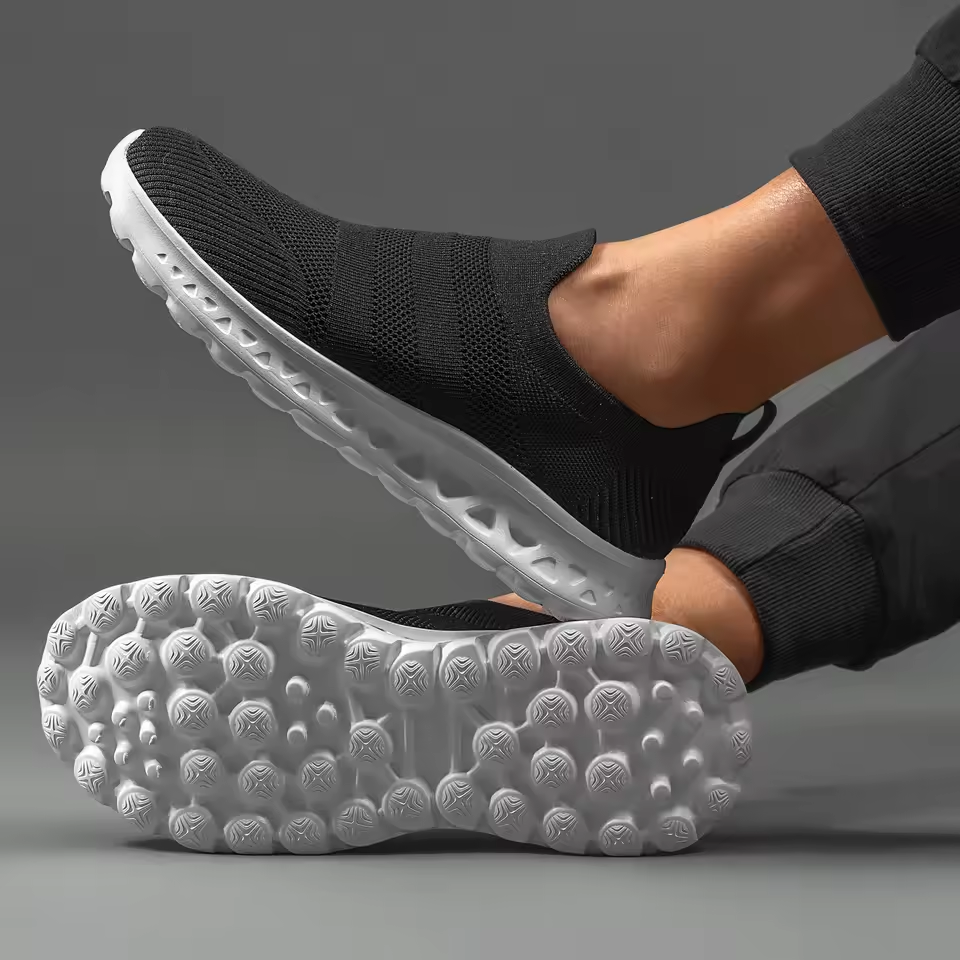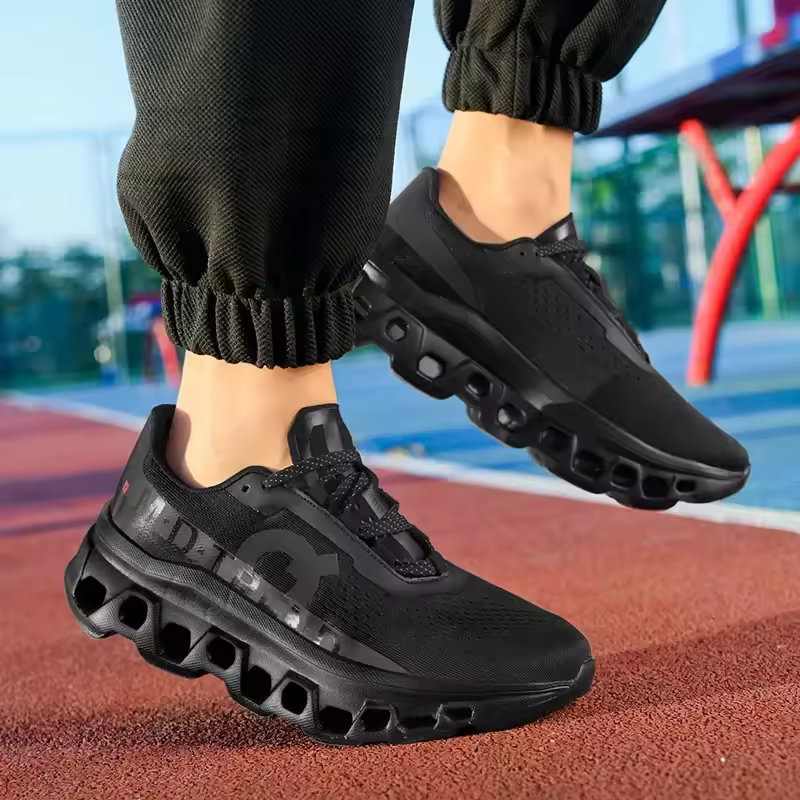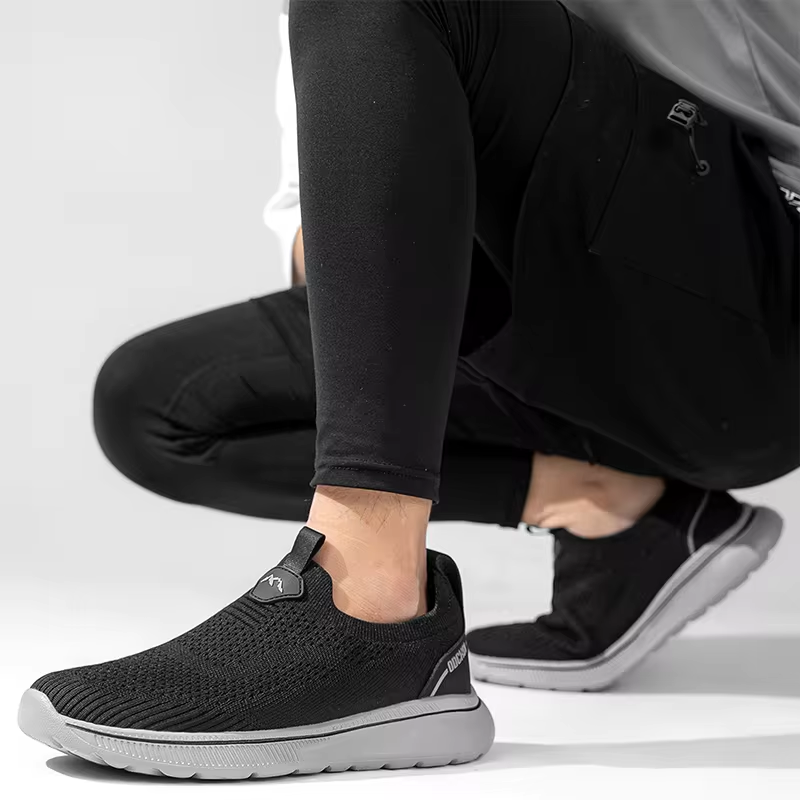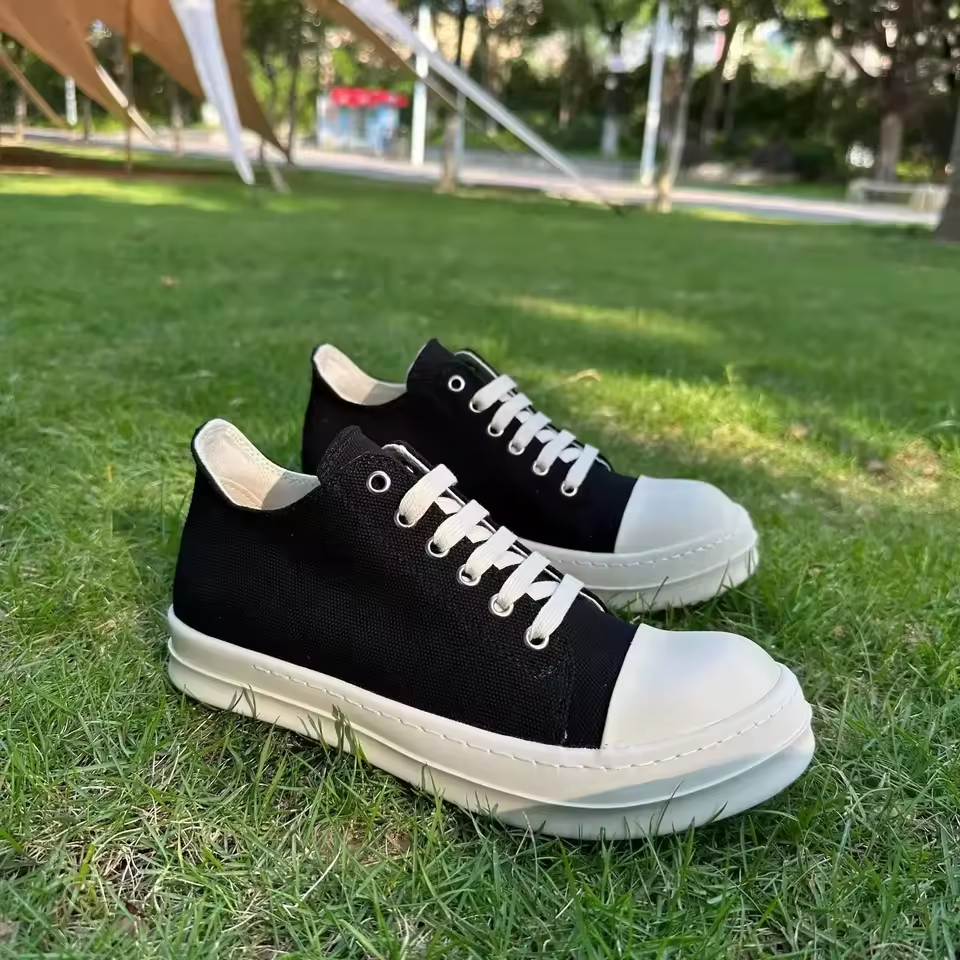
Black Running Shoes: Top Picks, Styles & How to Choose
The Timeless Appeal of Black Running Shoes
The black running shoes trend has remained a staple in athletic wear for decades, blending functionality with a sleek, versatile aesthetic. Whether you’re training for a marathon or running casual errands, black running shoes offer a universal style that complements any outfit. Their popularity stems from their ability to hide dirt and stains while maintaining a polished look, making them ideal for both gym sessions and outdoor runs. This guide will explore the latest running shoes, how to choose the right pair, and why they remain a top choice for runners of all levels.
The dominance of running shoes in 2025 is driven by their adaptability to diverse running conditions and personal preferences. From minimalist designs to high-performance models, running shoes cater to both casual joggers and competitive athletes. Understanding the key factors—such as cushioning, weight, and fit—ensures you select a pair that enhances your performance and comfort.
Key Features to Look for in Running Shoes
When shopping for running shoes, prioritize features that align with your running style and terrain:
- Cushioning: Opt for models with responsive midsoles (e.g., Nike React, Adidas Boost) for impact absorption.
- Weight: Lightweight running shoes (under 10 oz) improve speed and agility.
- Traction: Deep lugs on outsoles enhance grip on wet or uneven surfaces.
- Fit and Support: Look for breathable uppers and arch support for long-distance runs.
- Durability: Reinforced toe caps and abrasion-resistant soles extend lifespan.
For example, running shoes with a breathable mesh upper and a firm midsole are perfect for trail runners, while lightweight, cushioned running shoes suit road runners. Always test the fit in-store or read reviews to ensure comfort.
Best Running Shoes for Men and Women
The running shoes market offers specialized options for different genders and needs. Here are top picks for 2025:
- Men’s Running Shoes:
- Nike Air Zoom Pegasus 40: A classic choice with responsive cushioning and a durable rubber outsole.
- Brooks Ghost 15: Known for its smooth ride and support, ideal for daily training.
- Women’s Running Shoes:
- Adidas Ultraboost 22: Combines style with energy-returning Boost foam for long-distance runs.
- Saucony Kinvara 15: Lightweight and flexible, perfect for speed workouts.
For instance, the Nike Air Zoom Pegasus 40 remains a favorite among black running shoes for its balance of comfort and performance. Meanwhile, Saucony Kinvara 15 is a top pick for shoes focused on speed.
How to Choose the Right Running Shoes for Your Needs
Selecting the right running shoes depends on your running goals and biomechanics:
- Running Surface: Trail runners need aggressive treads, while road runners benefit from smoother soles.
- Foot Type: Overpronators should choose running shoes with motion control, while neutral runners can opt for cushioned models.
- Weather Conditions: Waterproof running shoes (e.g., Salomon X Ultra 4) keep feet dry in rain.
- Budget: Affordable running shoes like ASICS Gel-1130 offer value, while premium pairs like Hoka One One Clifton 9 provide elite performance.
For example, running shoes with a gaiter-compatible design are essential for muddy trails, while reflective details enhance visibility at night. Always consider your specific needs when choosing running shoes.
Styling Tips for Running Shoes
Running shoes are not just functional—they’re a fashion statement. Here’s how to style them:
- Casual Looks: Pair running shoes with jeans or leggings and a sporty top for a relaxed, active aesthetic.
- Streetwear: Layer running shoes under oversized hoodies or cargo pants for a trendy urban look.
- Formal Touches: Use running shoes with a tailored blazer and chinos for a smart-casual ensemble.
- Color Blocking: Contrast running shoes with bright accessories (e.g., neon socks) for visual interest.
For instance, running shoes like the New Balance 574 can transition from a morning jog to a coffee run. Their versatility makes them a wardrobe essential.
The Role of Arch Support in Black Running Shoes
Proper arch support is crucial for preventing injuries. Here’s how black running shoes with arch support work:
- High Arches: Choose black running shoes with extra cushioning (e.g., Brooks Adrenaline GTS 22).
- Low Arches: Opt for black running shoes with structured midsoles (e.g., ASICS Gel-Kayano 30).
- Custom Insoles: Many black running shoes allow for removable insoles to accommodate orthotics.
For example, the ASICS Gel-Kayano 30 is a top choice for black running shoes with arch support, offering stability for overpronators. Always consult a podiatrist if you have chronic foot pain.
Running Shoes for Different Running Disciplines
Running shoes are designed for specific disciplines:
- Marathon Training: Prioritize lightweight, cushioned running shoes (e.g., Hoka One One Clifton 9).
- Trail Running: Go for rugged running shoes with deep treads (e.g., Salomon X Ultra 4).
- Cross-Training: Choose versatile running shoes with lateral support (e.g., Reebok Nano 11).
For instance, running shoes like the Hoka Clifton 9 reduce fatigue during long-distance runs, while the Salomon X Ultra 4 excels in muddy terrain. Match your shoes to your routine for optimal results.
Troubleshooting Common Black Running Shoe Issues
Even the best black running shoes face challenges. Here’s how to address them:
- Wear and Tear: Replace black running shoes every 300–500 miles to maintain performance.
- Odor Control: Use antimicrobial insoles or baking soda to eliminate smells.
- Sizing Problems: Ensure black running shoes fit snugly but not tightly—leave room for toe splay.
- Break-In Period: Wear new black running shoes for short runs to avoid blisters.
For example, if your black running shoes feel too tight, try a half-size upgrade. Regular maintenance ensures your black running shoes stay in top condition.
Sustainability and Ethical Black Running Shoes
In 2025, eco-conscious runners prioritize sustainable black running shoes. Key features include:
- Recycled Materials: Brands like Allbirds and Nike use recycled polyester or rubber.
- Biodegradable Components: Some black running shoes now feature plant-based foams.
- Ethical Manufacturing: Look for certifications like Fair Trade or B Corp.
For example, the Allbirds Tree Dash uses eucalyptus fiber and is fully compostable. Choosing sustainable black running shoes supports environmental and social responsibility.
How to Care for Your Running Shoes
Proper care extends the life of running shoes. Here’s a maintenance routine:
- Cleaning: Wipe off dirt with a damp cloth; avoid machine washing to prevent damage.
- Storage: Keep running shoes in a cool, dry place to prevent mold.
- Rotation: Alternate between two pairs to reduce wear.
- Repairs: Replace worn treads or laces to maintain safety.
For instance, a running shoe with a waterproof membrane should be dried with a fan, not a dryer. Regular upkeep ensures your running shoes perform reliably.
Running Shoes for Cold Weather
Winter runners need running shoes designed for cold climates:
- Insulated Lining: Look for running shoes with thermal insulation (e.g., Salomon Speedcross 6).
- Grip on Ice: Traction patterns with Vibram soles enhance slip resistance.
- Windproof Uppers: Materials like Gore-Tex keep feet warm and dry.
For example, the Salomon Speedcross 6 is a top pick for running shoes in icy conditions. Layering with moisture-wicking socks further improves warmth.
Running Shoes for Hot Weather
In summer, running shoes should prioritize breathability:
- Mesh Uppers: Open-knit materials (e.g., Nike Air Zoom Pegasus 40) enhance airflow.
- Lightweight Design: Avoid heavy soles to reduce heat retention.
- Quick-Dry Fabrics: Moisture-wicking linings (e.g., Adidas Ultraboost 22) prevent blisters.
For instance, the Adidas Ultraboost 22 is ideal for running shoes in hot weather due to its breathable Primeknit upper. Stay hydrated to avoid overheating.